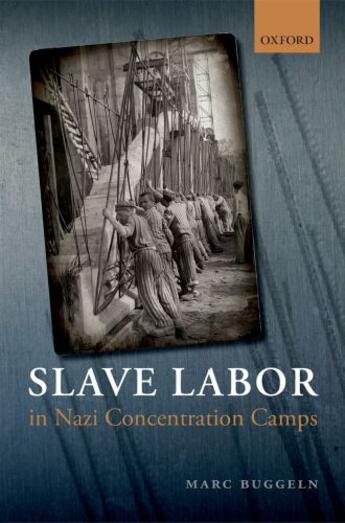Des idées de lecture pour ce début d'année !
Passionné(e) de lecture ? Inscrivez-vous
gratuitement ou connectez-vous pour rejoindre la
communauté et bénéficier de toutes les fonctionnalités du site !

Slave Labor in Nazi Concentration Camps examines the slave labor carried out by concentration camp prisoners from 1942 and the effect this had on the German wartime economy. This work goes far beyond the sociohistorical 'reconstructions' that dominate Holocaust studies - it combines cultural history with structural history, drawing relationships between social structures and individual actions. It also considers the statements of both perpetrators and victims, and takes the biographical approach as the only possible way to confront the destruction of the individual in the camps after the fact.
The first chapter presents a comparative analysis of slave labor across the different concentration camps, including Auschwitz, Buchenwald, and Dachau. The subsequent chapters analyse the similarities and differences between various subcamps where prisoners were utilised for the wartime economy, based on the example of the 86 subcamps of Neuengamme concentration camp, which were scattered across northern Germany. The most significant difference between conditions at the various subcamps was that in some, hardly any prisoners died, while in others, almost half of them did. This work carries out a systematic comparison of the subcamp system, a kind of study which does not exist for any other camp system. This is of great significance, because by the end of the war most concentration camps had placed over 80 percent of their prisoners in subcamps. This work therefore offers a comparative framework that is highly useful for further examinations of National Socialist concentration camps, and may also be of benefit to comparative studies of other camp systems, such as Stalin's gulags.
Il n'y a pas encore de discussion sur ce livre
Soyez le premier à en lancer une !

Des idées de lecture pour ce début d'année !

Si certaines sont impressionnantes et effrayantes, d'autres sont drôles et rassurantes !

A gagner : la BD jeunesse adaptée du classique de Mary Shelley !

Caraïbes, 1492. "Ce sont ceux qui ont posé le pied sur ces terres qui ont amené la barbarie, la torture, la cruauté, la destruction des lieux, la mort..."